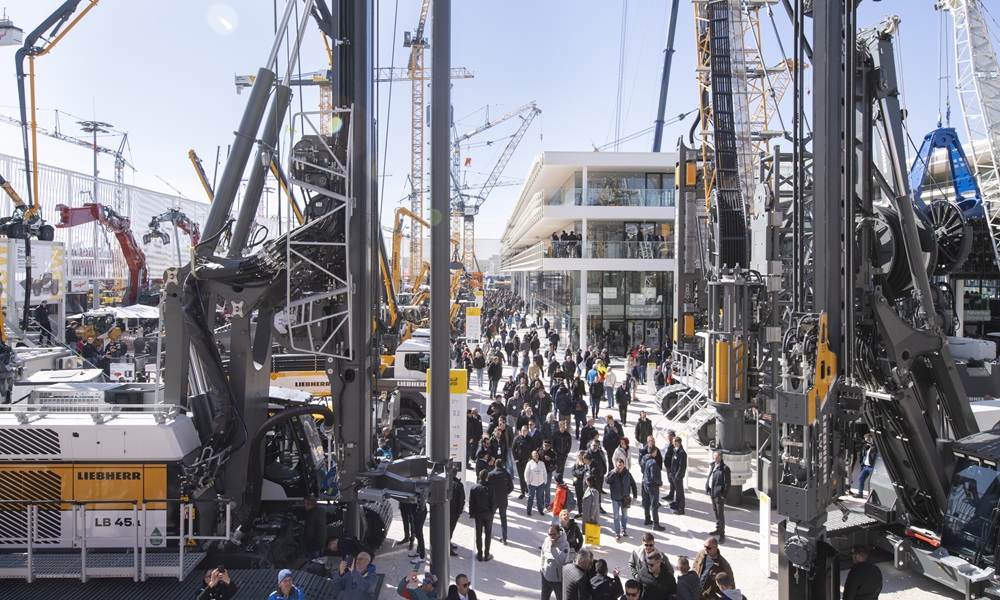As bauma 2025, the world’s leading trade fair for construction machinery, building material machines, mining machines, construction vehicles, and construction equipment, unfolds this week from April 7 to 13 in Munich, Germany, the global construction industry in fact finds itself at a crossroads.
This utterly crucial event, relied upon for showcasing groundbreaking technologies and fostering international collaboration, coincides with a period of heightened trade tensions instigated by the United States’ recent tariff escalations.
On April 8, 2025, the Trump administration announced a staggering 104% tariff on Chinese exports to the U.S., effective immediately. This move was in retaliation to China’s imposition of a 34% tariff on American goods, which itself was a response to earlier U.S. tariffs.
The escalating tit-for-tat measures have ignited fears of a full-scale trade war, with China vowing to “fight to the end” and condemning the U.S. actions as blackmail.
The ramifications of these developments are palpable within the halls of bauma 2025. Exhibitors and attendees from around the globe will be doubtless concerned over the potential disruption to supply chains and the increased costs of machinery and materials. The construction industry, heavily reliant on international trade for equipment and technology, faces uncertainty as the cost of imports and exports fluctuates amidst the tariff turmoil.
Financial markets have mirrored these anxieties. The Dow Jones Industrial Average experienced a significant surge of nearly 1,300 points (3.3%) following President Trump’s remarks on potential trade negotiations with machinery powerhouses China and South Korea. However, this optimism is tempered by the underlying volatility and the looming threat of prolonged trade disputes.
China’s strategic response includes devaluing its currency, the renminbi, to a 20-month low, aiming to offset the impact of U.S. tariffs by making its exports more competitively priced. While this move might bolster Chinese exports, it also adds complexity to the global economic landscape, affecting pricing and profitability across industries, including construction.
As bauma 2025 progresses, industry leaders are advocating for dialogue and negotiation to resolve these trade disputes. The construction sector thrives on international cooperation and the free exchange of technology and materials. Prolonged trade barriers threaten to stifle innovation, increase project costs, and delay infrastructure development worldwide.
The construction industry is often described as a bellweather for the economic outlook for countries with the types and volumes of machines being purchased or deployed a sign of where the economy is heading. Bauma has revelled in being a European show where deals for projects across the globe are made and a major enabler in the industry. Three years ago, it even helped to supercharge the Covid recovery but suddenly being a shining light of globalisation puts it at odds with the economic reality the construction industry is facing.
In this climate, bauma 2025 serves not only as a showcase of technological advancements but also as a critical opportunity for industry stakeholders to discuss strategies to navigate the challenges posed by the current trade environment. The hope is that through collaboration and open dialogue, the construction industry can weather this storm and continue to build a resilient and interconnected global infrastructure.
So is this the worst of times or the best of times for bauma to return? This week’s show feels like a bit of both.
